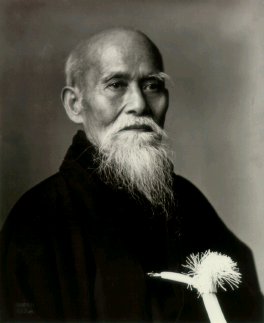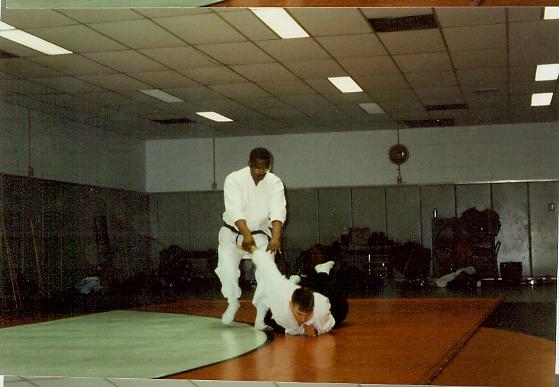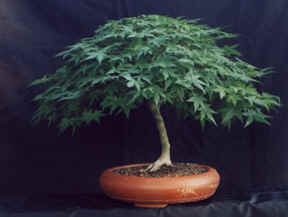 |
California State University, Sacramento Department of Sociology | |
Back to Home page Hobbies and Interests Martial Arts During my eight years in the United States Marine Corps I studied the Japanese art of Ju-Jitsu. The Marines taught me how to use my hands in combat as well as many other things. I am fortunate to have never used my skills in combat or as a civilian. According to the U.S. Ju-Jitsu Federation (USJF), Ju-Jitsu literally means “gentle art.” By design Ju-Jitsu enables a smaller or weaker person to defeat a stronger opponent. Ju-Jitsu also emphasizes the use of unarmed techniques in a confrontation with an aggressor.Upon my honorable discharge from the Marine, I continued my studies in the martial arts. While attending graduate school, I became a student of Tai Chi Chuan (24-Forms) and Aikido. Tai Chi incorporates the movements of animals such as the tiger, the crane, and the cock. Tai Chi was by far the most difficult of all the arts to practice. Its emphasis upon constantly shifting one’s balance is no easy feat. It is difficult to practice Tai Chi well, and easy to practice incorrectly. Tai Chi also brings into harmony the mind, body, and the heart. Through controlled breathing one is able to focus their “chi” at a single point of contact. The “chi” is the vital energy or force within all living things. The Chi can be directed toward an aggressor in the form of a kick, a punch, or a block. Tai Chi is often practiced as a form of relaxation. However, Tai Chi has practical applications found in many styles such as Kung Fu and Penjit Salat. I consider Aikido to be my love among the martial arts. In my view, Aikido has numerous advantages over other arts. Aikido is in the same family of arts which includes Ju-Jitsu and Judo. Aikido was developed by Morihei Ueshiba.  Ueshiba began his martial arts career in Ju-Jitsu. Aikido was originally referred to as the “way Ueshiba did Ju-Jitsu.” Ueshiba later referred to his art as Aikido, “the way of harmony.” There are many parallels between Ju-Jitsu and Aikido. Ueshiba wanted to create an art that was more than martial in nature. Rather, Aikido was to be a way of life as opposed to a way of fighting (aggression and death).  I have studied Aikido now for over 18 years of martial arts experience. My studies in Aikido have been with the Fugakukai International Aikido Association.  Bonsai (Tree in a Pot) I developed an interest in the art of “bonsai” while in graduate school. At the time, the only plants I could grow successfully were indoor cacti. I started with store bought plants, which are often of poor quality. The rocks are glued together preventing the soil from being saturated when watered. Small pots tend to hold little moisture and dry out rapidly. I eventually began developing my own specimens from nurseries. The Japanese term “bonsai” literally means, “tree in a pot.” Bosai are tree in minature form. The art of bonsai is not limited to Japan. The Chinese have long practiced the art “penjing.” The term means, “scenery in a pot.” The Chinese attempt to imitate not only a natural tree, but a landscape along with rocks, streams, and mountains. There are a number of examples of both Penjing and Bonsai in bookstores as well as on the web.After successfully ruining numerous plants I began to recognize a pattern of amateurish mistakes. I would like to pass some of these tips on to you:
Bonsai Picture  |
||
| Sociology Department |
||